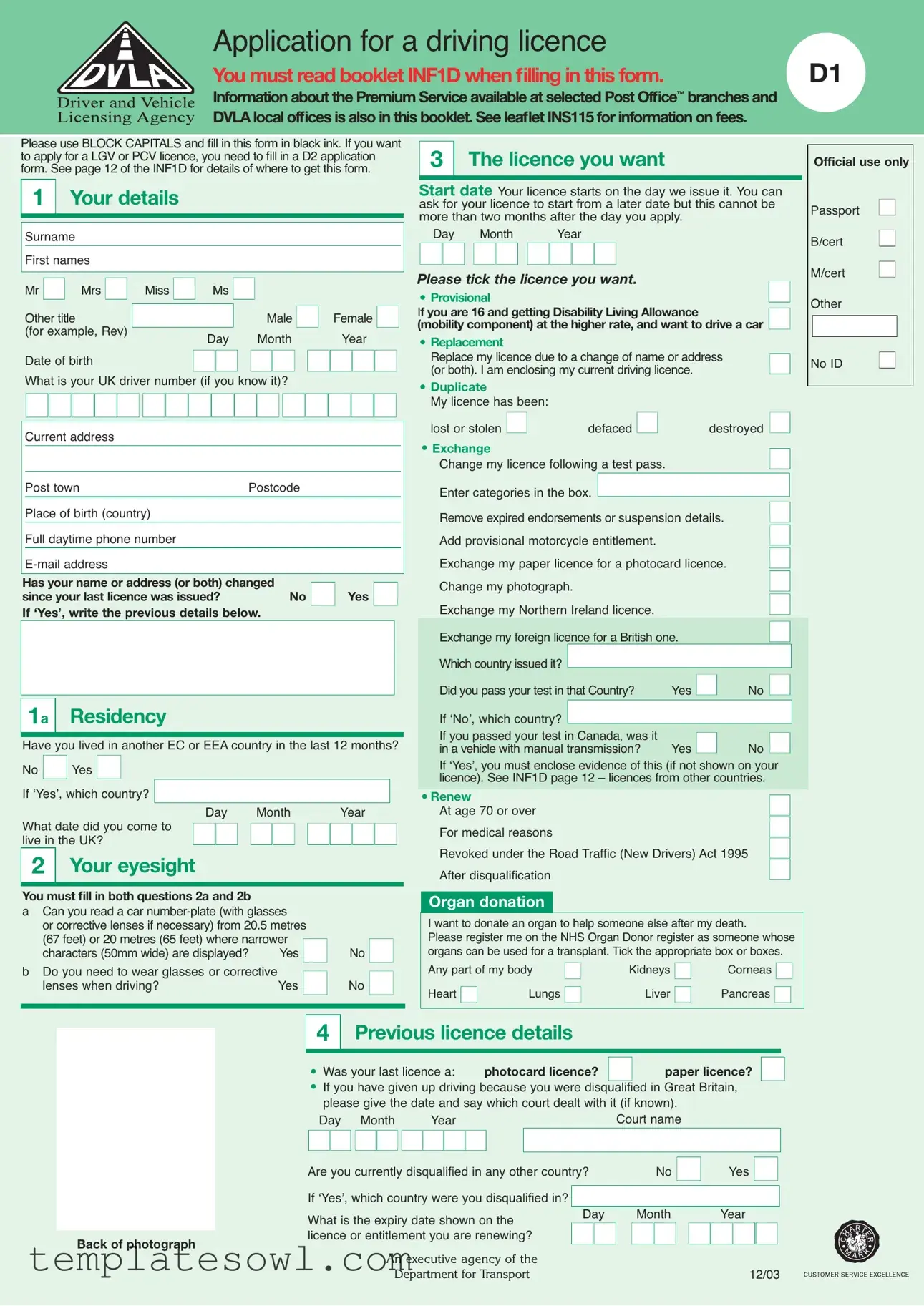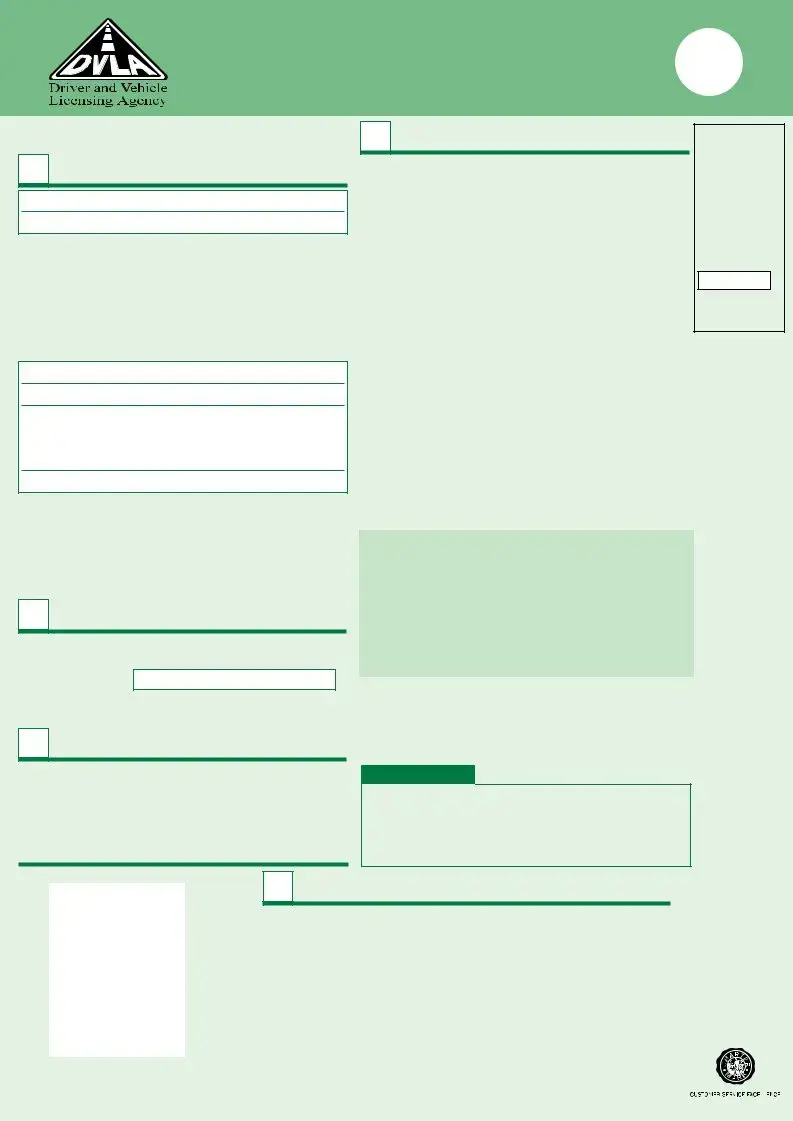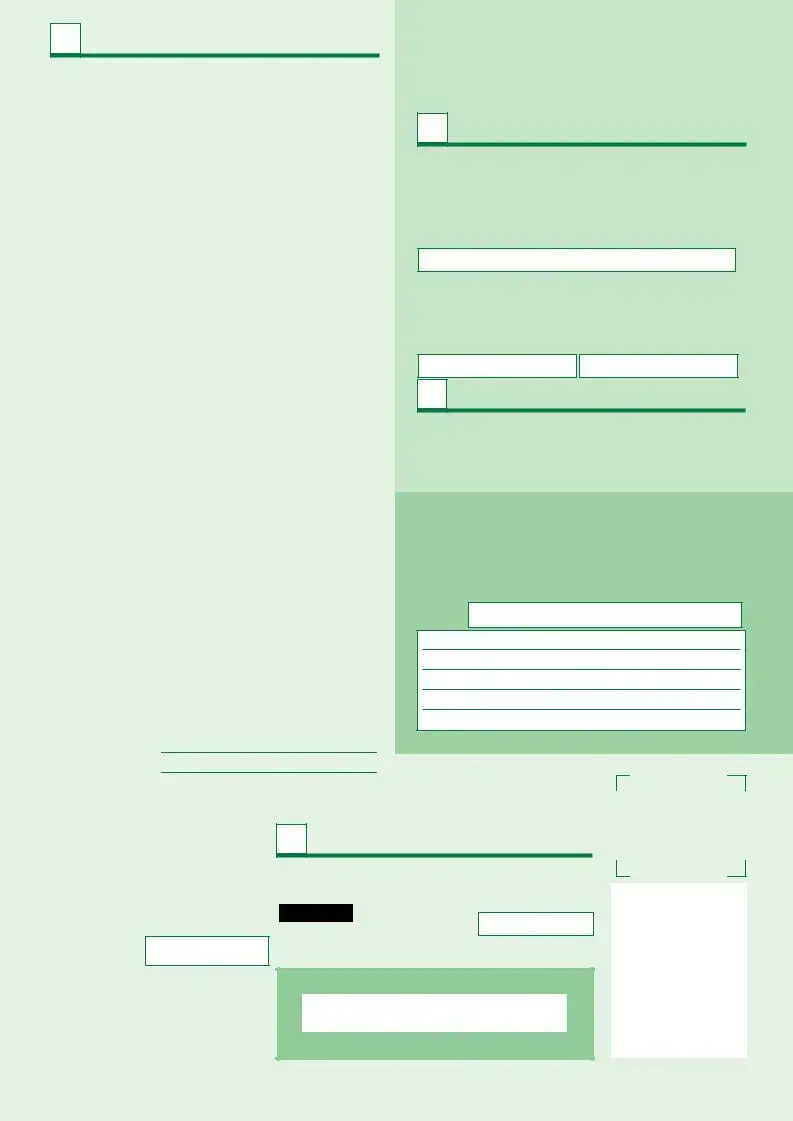What is the D1 DVLA form used for?
The D1 DVLA form is primarily used to apply for a driving licence in the UK. This includes applications for a new licence, a replacement for a lost or stolen licence, as well as renewals. If you are also looking to change details such as your name or address on your licence, you would use this form. It’s essential to follow the instructions in the accompanying booklet INF1D while filling out the form to ensure all requirements are met.
Who needs to fill out a D1 DVLA form?
Any individual in the UK who wants to apply for, renew, or update their driving licence would need to fill out the D1 DVLA form. This includes new drivers seeking their provisional licences as well as existing licence holders who have changed their personal information or who need a replacement due to loss or damage.
Do I need to provide a photograph with my application?
Yes, a recent passport-style photograph is a required part of the D1 application process. If you’re providing identity documents other than an up-to-date UK passport, someone reliable must sign the back of your photograph. This person must have known you for at least two years and not be related to you or part of the Post Office™ staff processing your application.
What if my eyesight does not meet the requirements listed on the form?
If you are unable to meet the eyesight requirements for reading a car number plate, then you may not be eligible for a driving licence. It's crucial to be honest on the application. If necessary, consult an eye care professional for an assessment before submitting your form, as you may require a medical evaluation or additional documentation.
How long does it take to process the application once submitted?
The processing time for the D1 DVLA form can vary but typically takes about 3 weeks. If you apply through the Premium Service at select Post Office™ branches, it may be faster. Be aware that delays can occur, particularly if the application is incomplete or requires additional information.
What should I do if I’ve changed my name or address since my last licence was issued?
You will need to provide your new name or address details in the D1 DVLA form. Ensure you tick the box indicating you’ve had a change since your last licence was issued, and include any necessary documentation, such as a marriage certificate or deed poll, to support the change.
Is there a fee associated with submitting the D1 DVLA form?
Yes, there is a fee for most applications made using the D1 DVLA form. The specific amount varies depending on the nature of your application and is detailed in the leaflet INS115. It's important to include the correct payment when submitting your application to avoid processing delays.




